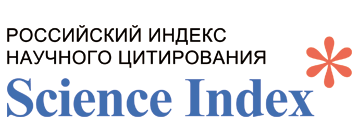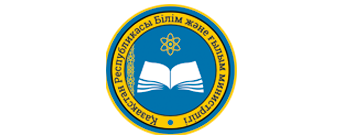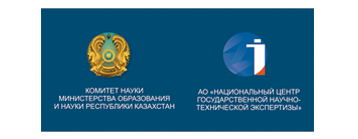SYNTHESIS, STRUCTURE AND LABORATORY SCREENING OF GROWTH-STIMULATING, HERBICIDAL AND FUNGICIDAL ACTIVITIES OF DITHIOCARBOMATE AND ITS THIOANHIDRIDES BASED ON 2-OXOPYRROLIDINE
DOI:
https://doi.org/10.51580/2025-2.2710-1185.27Keywords:
pyrrolidin-2-one, dithiocarbamate, thioanhydrides, growth-stimulating activity, herbicidal activity, fungicidal activityAbstract
Introduction. The search for new and effective plant growth stimulants and chemical
plant protection agents remains a pressing issue in modern agrochemistry. This study aimed to synthesize
dithiocarbamate and its thioanhidrides based on pyrrolidin-2-one and evaluate their potential as plant
growth regulators, herbicides and fungicides. Results and Discussion: Sodium dithiocarbamate based on
2-oxopyrrolidine and its butyric and benzoic 2-oxopyrrolidine-1-carbothioic thioanhydrides was
synthesized with yields of 84%, 88%, and 67%, respectively. The structures of the synthesized
compounds were established based on the analysis of elemental data, IR spectroscopy, 1H and 13C NMR
spectroscopy data. Primary laboratory screening for growth-stimulating, herbicidal, and fungicidal activity
was carried out. Conclusion: High germination rates were observed when wheat seeds were treated with
sodium 2-oxopyrrolidine-1-carbodithioate at a concentration of 100 mg/l, resulting in 90% laboratory
germination compared to 70% in the control and 80% with treatment by the standards KN-2 and AN-16.
Phytotoxicity assays demonstrated that compound 1, at concentrations of 0.01-1 mg/ml, did not negatively
affect the sowing qualities of Agrostis and Lactuca seeds and instead promoted intensive growth.
Furthermore, sodium dithiocarbamate and its thioanhdrides exhibited fungicidal activity comparable to the
standard tetramethylthiuram disulfide (TMTD). The infection rate of wheat and barley seeds by
phytopathogenic fungi in the untreated control was 100% and 77.3%, respectively. In contrast, treatment
with compounds 1-3 at 0.001-0.1% reduced infection to 12.6-26% for wheat and 7.3-16% for barley,
compared to 0.4% and 2.6% with TMTD.

















